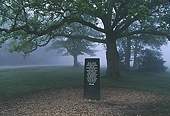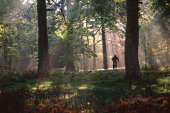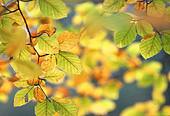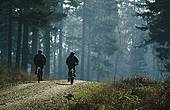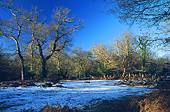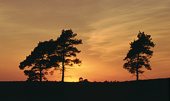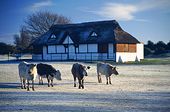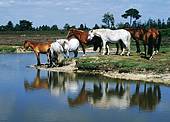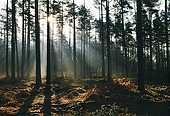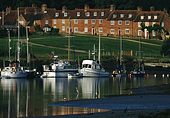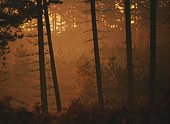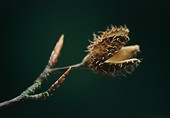About The New Forest
The New Forest was established shortly after the Norman Conquest by William I as a royal hunting ground, so it is by no means new, nor is it exclusively a forest. While a good deal of the area is indeed forested - in fact more so now than in William's time - most of the New Forest is open.
Wide grassy lawns are grazed by deer and ponies; lowland heaths with expanses of heather, gorse and bracken provide a habitat for reptiles and heathland birds; and peat bogs are home to dragonflies, damselflies and rare, wetland plant species. It is this diversity of habitats, along with the variety of species they contain, that makes the area so special.
Although the natural beauty of the place is unmistakable, human intervention has played a key role in shaping the landscape of the New Forest over the centuries. The heathlands are a result of deforestation in prehistoric times. Much of the deciduous woodland was managed to meet the demand for oak for ship building in mediaeval times and, more recently, conifers have been planted for the modern timber industry.
This intervention continues today. Every year, more and more visitors come to enjoy the New Forest putting further pressure on the delicate environment. The New Forest is soon to be made a National Park and this will hopefully give added protection to the area. It is important, however, that any changes this brings are in tune with the way of life that has existed over centuries since it is this way of life that has created the unique character of the New Forest.

 2024 Calendar
2024 Calendar

